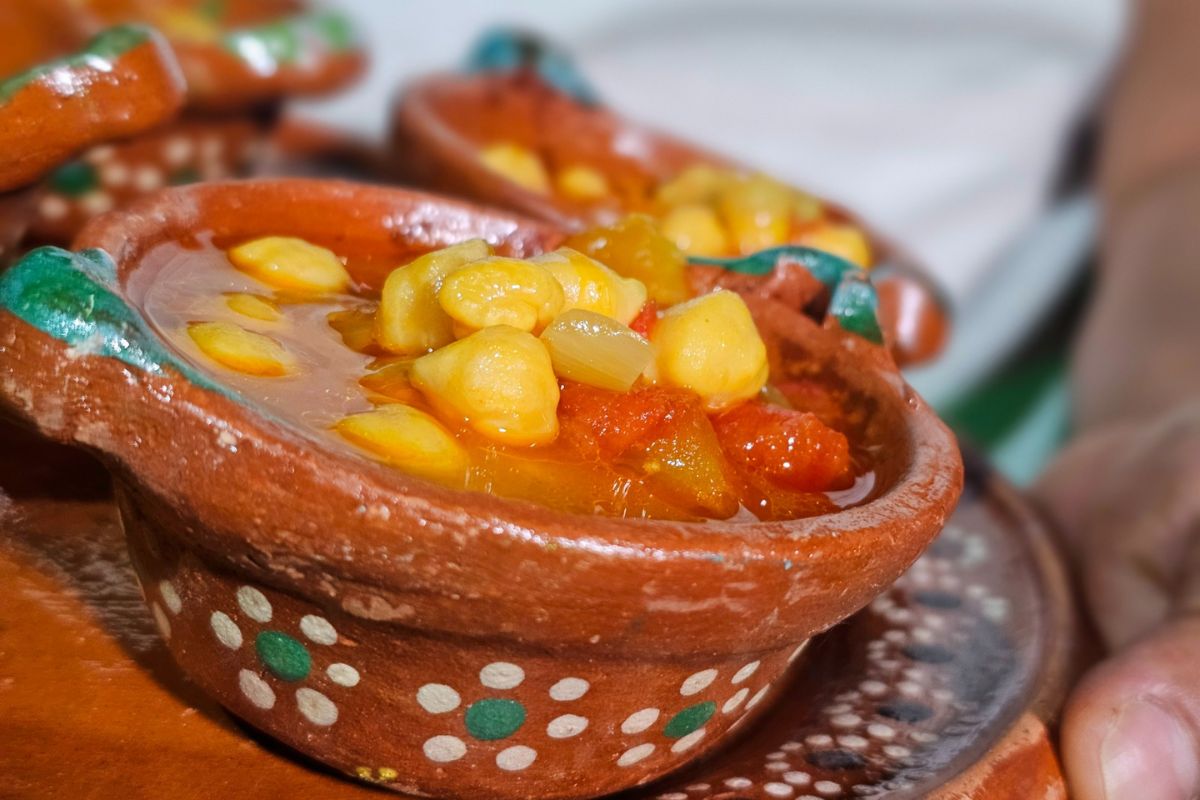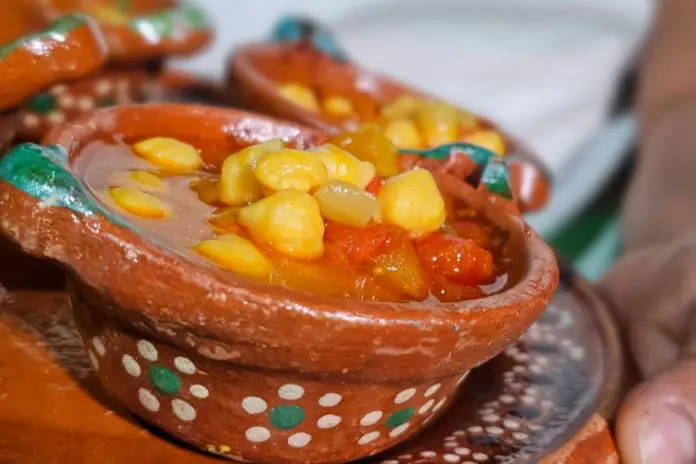Today, Querétaro boasts its own identity in restaurants, tourist routes, and tables where wine and tradition intersect. For years, the state was seen as a transit point, a hub between more visible regions, but what was once a crossroads has become a destination.
With more than 350 different wine labels, chefs reinterpreting tradition, and established festivals, Querétaro occupies a prominent place on the national and international gastronomic map. The recent granting of the Protected Geographical Indication (PGI) for Querétaro wine, recognized by the IMPI (National Institute of the Peruvian Institute of Wine and Wine) in March 2025, reinforces the region’s winemaking and cultural identity. “Querétaro wine is a silent ambassador. Each glass tells the story of the soil, the climate, and the work of those who care for it,” says Adriana Castro, president of the Querétaro chapter of the National Institute of Social Welfare (ONSOM).
Chefs Who Amplify Tradition
Querétaro cuisine doesn’t project itself. Local and international chefs amplify what happens in community kitchens without distorting it. Juan Pablo Ines, although not originally from the state, has made Querétaro his creative starting point. From Café Premier and Envero in Vinaltura, he promotes a zero-mile, slow-food philosophy, celebrating local and seasonal ingredients.
Israel Soriano, chef of Casa Concheros and president of the Querétaro Chefs Association, has brought flavors like garbanzo en amarillo (yellow garbanzo) and tostada de arriero (a muleteer’s toast) to international stages, always in collaboration with traditional cooks: “We’re not going to teach them anything. We’re going to show them what has been known here for centuries.”
Rafael Covarrubias, a Querétaro chef in Canada, received a Michelin Star in 2024 and the Michelin Guide’s Young Chef Award. His cuisine combines French haute cuisine with Querétaro roots, incorporating nixtamalized corn, rich broths, and flavors from his homeland.
Routes, Festivals, and Tourism
From the municipal front, Mariana Ortiz, Secretary of Tourism for Querétaro City, promotes gastronomic routes that integrate traditional dishes, Querétaro wines, and craft beer.
“We want every restaurant to have a Querétaro dish and pairing on its menu. Gastronomy is key when choosing tourist destinations, and Querétaro has a lot to offer,” she states.
Events like the Heritage Dinner seek more than just nourishment: “It’s a journey through history, identity, and memory,” explains Ortiz. According to official data, in 2023 the state received 7.6 million visitors, with a tourism revenue of 22 billion pesos, of which approximately 300 million are directly attributed to gastronomic events. By 2024, the estimated revenue reached 30 billion pesos with 7.5 million visitors. The Art, Cheese, and Wine Route has established itself as one of the main attractions.

Source: aldialogo




